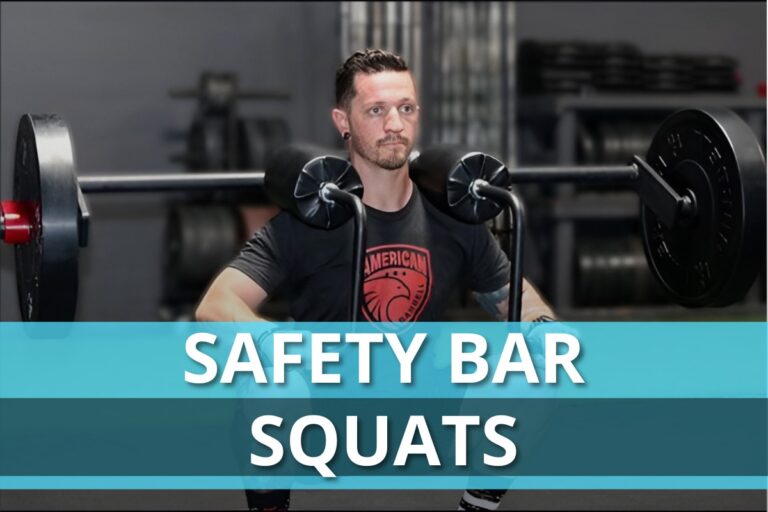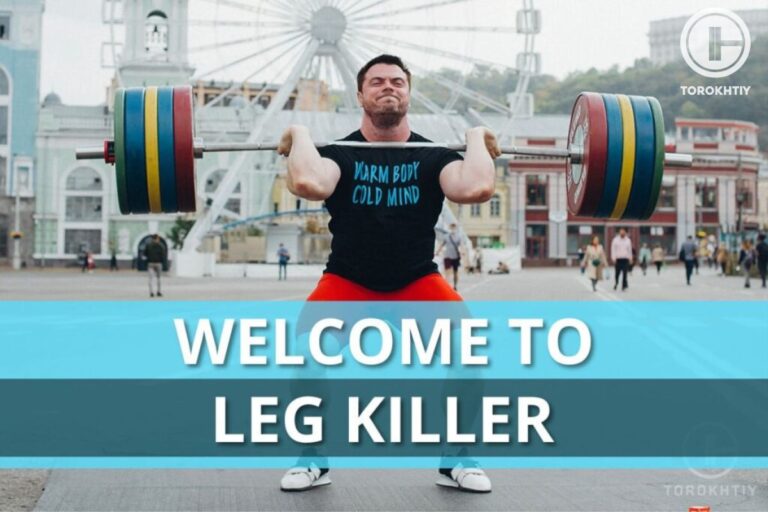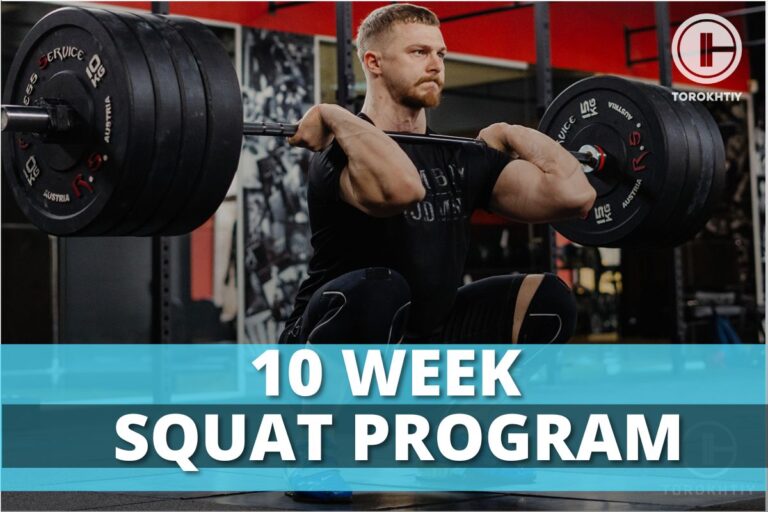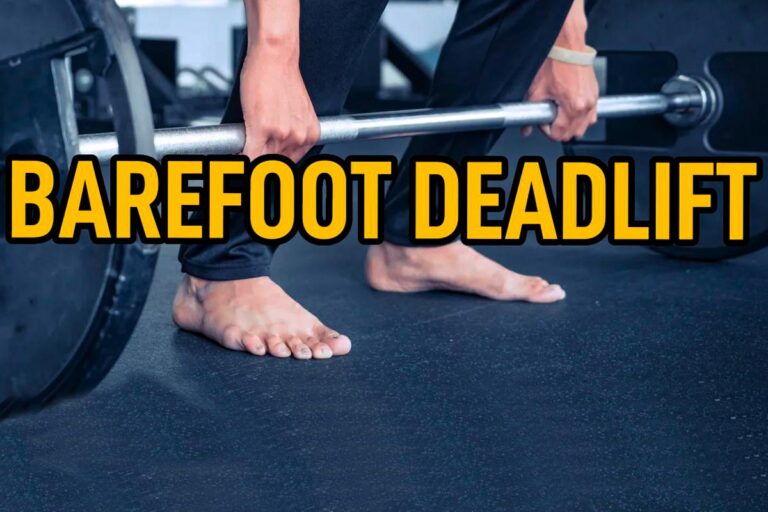10mm or 13mm Belt: Choose the Right Size (+ Examples)
I cover the differences between 10mm vs 13mm belts and the pros and cons of each. I’ll also answer some frequently asked questions regarding different belt sizes and which belt to use.
The use of both 10mm or 13mm belts can be beneficial at different levels. The difference in powerlifting belt thickness affects flexibility, versatility, and the ‘break in’ time. Start with the 10mm belt. Consider progressing to the 13mm belt if you’re an elite-level powerlifter looking for added strength.
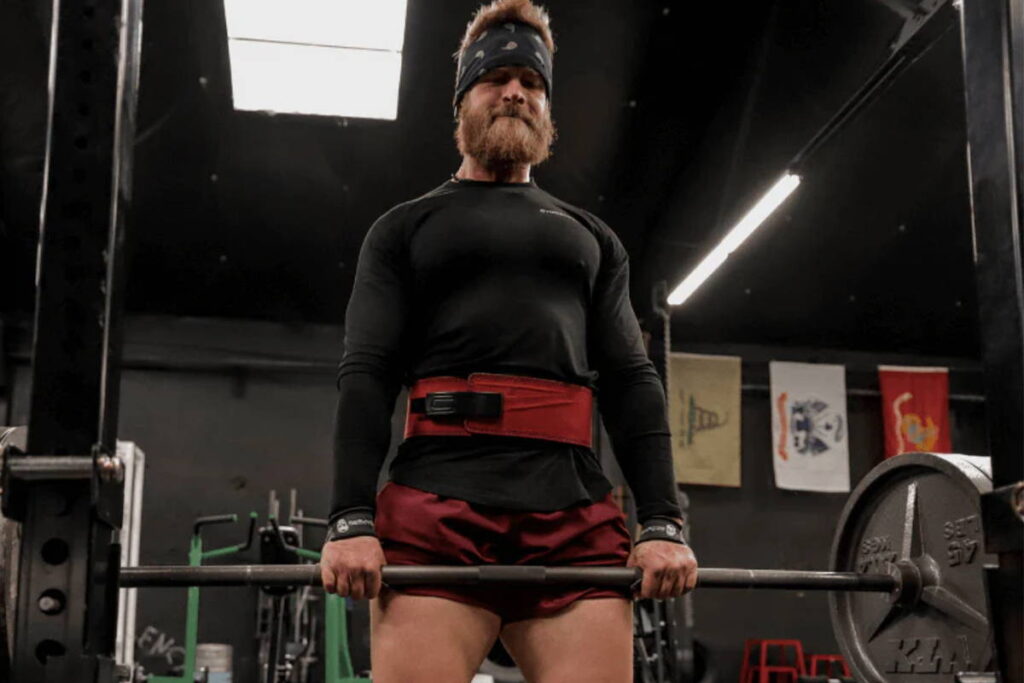
What’s the Difference Between 10mm and 13mm Belts?
10mm and 13mm belts are heavily used by amateur and elite level powerlifters for training and competition. Recreational gym users can also be seen using them for day-to-day training in the gym. If your routine contains compound movements, the use of 10mm and 13mm belts can be beneficial at all levels.
Weight lifting belt thickness is measured from the surface that makes contact with your body to the surface facing away from you. Having different levels of thickness will provide different levels of support and flexibility.
The main difference between a 10mm vs 13mm belt is the thickness. In terms of belt proportion, the 13mm weightlifting belt is 30% thicker than the 10mm weightlifting belt. The question is, does this translate into a 30% performance improvement?
A weightlifting belt creates intra-abdominal pressure during heavy compound movements. This extra intra-abdominal pressure gives added force during movement helping to increase the amount powerlifters can lift.
The weightlifting belt closes tightly around the waist creating a wall against the torso. This pushes your core against the belt during compound lifts such as the squat, deadlift, and overhead press. A weightlifting belt acts as a wall – you don’t want it to give way under a heavy load. A thicker wall, even by 3mm, creates a harder surface to push against.
Flexibility
An important difference between the 13mm vs 10mm belts is the flexibility. The 13mm weightlifting belt is more rigid meaning it will dig into your torso more aggressively. In theory, the extra rigidity should help stabilize your torso and increase the amount of weight lifted.
However, you may have to sacrifice comfort for potential added weight. Whilst the 10mm belt won’t be as stiff, the added flexibility can provide benefits in other ways. The amount of comfort lost depends on your body type and the type of exercise performed.
Using a 10mm belt with extra flexibility makes it easier to keep your breathing in check during the lift. Correct breathing is essential to get the most out of using a belt. If your breathing is hindered by the weightlifting belt thickness, this can negatively affect performance output.
Time to ‘Break-in’
Most powerlifting belts are made out of leather. Leather is a tough, rigid material that needs to be molded before working correctly. The process of doing this with a belt is known as ‘breaking-in’. This is when the leather starts to become more malleable allowing the leather to mold around the torso tightly. Breaking in a belt involves wearing it often, rolling it up tightly, warming it up, and applying olive oil or rubbing alcohol.
A 3mm increase in powerlifting belt thickness means more time to break-in. With a 10mm belt, the time to break-in should be fairly quick. Expect it to start fitting around your waist in a matter of days to a month. The added thickness of the 13mm belt means it may take much longer to break in, often several months until it starts fitting correctly.
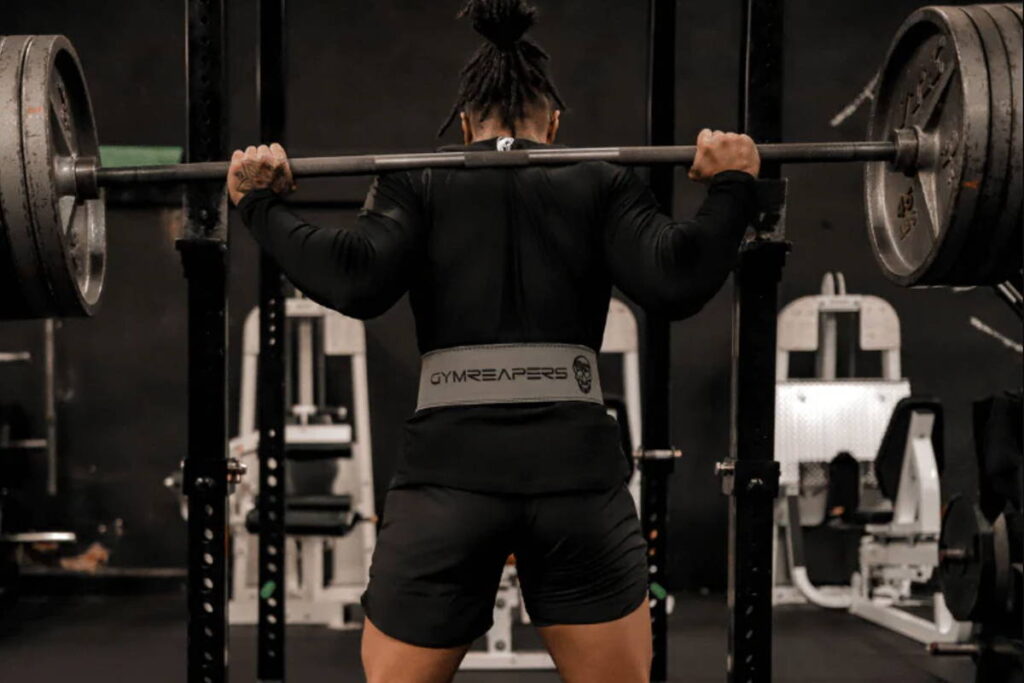
Versatility
Both belts are made for powerlifters to use when performing heavy, compound movements in the gym and during competition. However, powerlifting belt thickness will change the type of exercise each belt will be suitable for.
The added thickness of the 13mm belt means it’s made for the powerlifting movements – squat, deadlift, and bench press. For some individuals, the added belt thickness can make lifting uncomfortable in certain positions.
The 10mm belt can be worn for all the powerlifting movements and also the non-powerlifting ones such as the overhead press and barbell row. The added flexibility makes the 10mm belt more versatile than the 13mm.
Strength Advantage
In the elite level of powerlifting, athletes will put up huge numbers using both the 10mm and 13mm belt. 10mm belts can be used to progress very far. Most people won’t even need to think about switching to a 13mm belt.
However, at the elite level of powerlifting when you’re trying to push far beyond your genetic limit, even small fractions of percent improvements can be the difference between placing and not placing at an event.
As an elite-level powerlifter, you’ve already perfected your bracing and technique. The small increase in belt thickness of 13mm vs 10mm might provide the added edge needed to improve performance.
Price
Due to the level of construction, material used, and size of the belt the cost to manufacture the 13mm belt is generally more expensive.
Higher manufacturing costs mean a higher purchase cost. You’re going to pay more for the extra 3mm of thickness the belt provides.
Most 10mm belts currently available cost less than $100 and all offer lifetime guarantees. The most expensive 13mm belt available on the market costs significantly more and doesn’t come with a guarantee.
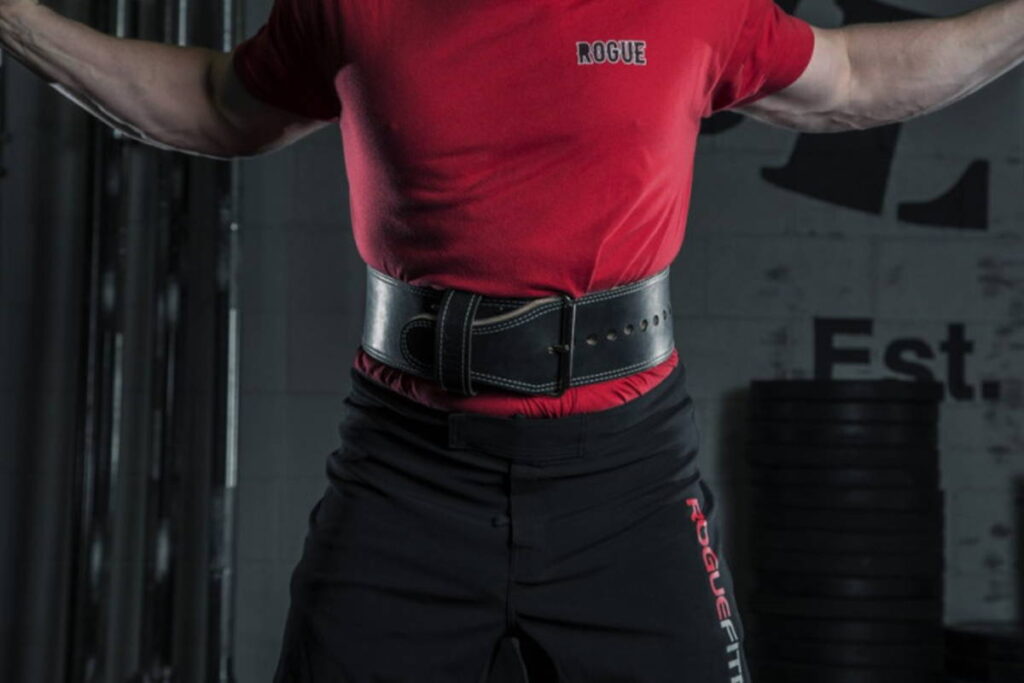
10mm Weightlifting Belt Pros/Cons
Pros:
- Provides a good level of support by increasing intra-abdominal pressure when lifting heavy loads
- More flexibility increasing the level of comfort during lifting
- The Time to break in is relatively short (several days up to 1 month)
- Approved for competition with most powerlifting federations approving 10mm belts as the standard
- Versatile use for many compound powerlifting and non-powerlifting movements
- Reasonable cost with more styling options
Cons:
- Less secure at the waist vs thicker belt options
- May limit strength capabilities at the elite level, especially in movements like the squat
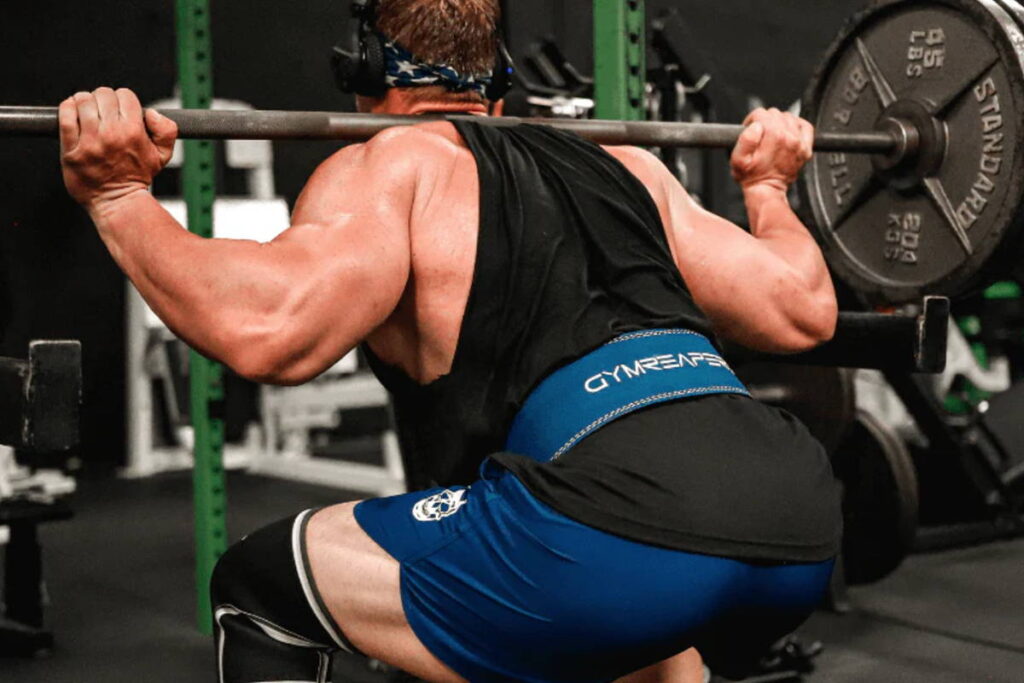
The 10mm weightlifting belt is the most popular belt used in the powerlifting world. It’s suitable for most body sizes and ability levels.
A 10mm belt is usually the best option for powerlifters and recreational gym goers alike. The belt thickness allows strength progression without much discomfort and no lengthy break-in period.
If you’re a beginner lifter, start with a 10mm belt and focus more on the important fundamentals of training such as technique and effective programming.
10mm belts are ideal for:
- Beginner lifters
- Recreational gym goers
- Novice powerlifters
- Strength and conditioning athletes
- Strongman competitors
A 10mm belt can and will take you far in the sport of powerlifting, with many great options on the market.
Our Recommended 10mm Belt
Our recommended 10mm belt is the Flexz Fitness Lever Weight Lifting Leather Belt – 10mm Powerlifting Gym Belt.

It offers a strong and durable design made with solid steel and artificial leather with 3 rows of stitching and a steel lever buckle with quick release. The 10mm belt thickness with 4-inch back support provides added tension with comfort when lifting.
The belt is USAPL and IPL approved making it ideal for competition or in-the-gym powerlifting and bodybuilding. It comes with a lifetime warranty.
13mm Weightlifting Belt Pros/Cons
Pros:
- Provides a higher level of support via increased intra-abdominal pressure
- Maximal stability provided by extra belt thickness gives added security at heavier loads
- A good option for bigger-sized lifters
- Material thickness means the belt is more likely to last for longer vs thinner belts
- Bigger strength gains for elite-level competitors
- The belt can be worn at different levels depending on personal preference
Cons:
- Decreased flexibility may make it uncomfortable to wear and lead to bruising if belt edges are too hard
- Very hard and lengthy break-in process which still may not provide the torso contour needed
- Too stiff for general gym-goers who won’t benefit from the extra support the 13mm belt can provide
- Tough to use for smaller lifters
- It may be illegal for your powerlifting federation
- May not be able to wear for exercises other than the main powerlifting movements
- More expensive than thinner belt options
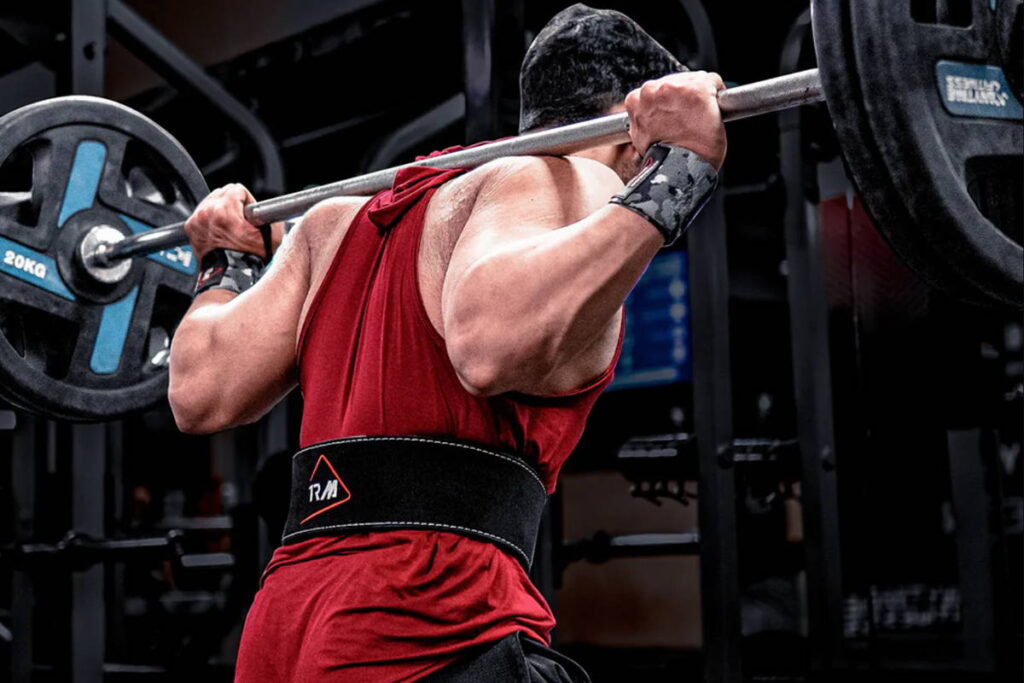
A 13mm belt is a good option if you plan to compete or lift very heavy loads and require that extra support. The trade-off to this though may be many months of discomfort and reduced flexibility.
If you’re an elite lifter, switching from a 10mm to a 13mm belt may give you the added support and performance you’re looking for.
13mm belts are ideal for:
- Competitive powerlifters
- Heavy larger powerlifters
- Strongman competitors
Our Recommended 13mm Belt
Our recommended 13mm belt is the Iron Bull Strength Powerlifting Lever Belt – 13mm Power Weight Belt

Its heavy-duty design makes it suitable for extreme weightlifting. It’s made with 13mm thick premium suede leather with double row stitching and a heavy-duty steel lever. The lever is easily adjustable to fit different waist sizes by removing 2 screws.
The 13mm belt thickness with 4-inch height across its length provides maximum back support for elite-level powerlifters looking for an extra edge.
The belt is USPA and IPL approved and also comes with a lifetime guarantee.
If you’re an intermediate lifter, you could benefit from both belts. You may have good posture and technique and are looking to switch to a 13mm belt to test out the extra support. You might only just be getting the hang of putting all the technical cues and breathing work together, meaning the 10mm may still be more suitable to use.
If you’re considering switching from a 10mm to 13mm belt, make sure you have exhausted all other options in terms of heavy load progression. If you have an adequate base of strength training and several years of experience using the 10mm belt, switching to the 13mm belt might be the right choice.
FAQs
How thick should my lifting belt be?
Both the 10mm and 13mm belts can be used with success in the gym and for competition. If you’re a recreational powerlifter, using a 10mm belt is the best option as it feels more comfortable and doesn’t take as long to ‘break-in’. Only consider using a 13mm belt if you’re at the elite level of powerlifting and looking to find an extra aid for performance improvements.
How do you break in a 13mm belt?
Common ways to break in a 13mm belt include rolling it up tightly, wearing it often, placing heavy objects on top, warming it up, and applying olive oil or rubbing alcohol. Depending on the belt material and thickness it can take a few days to several months.
Use these different methods often to speed up the breaking-in process. Once broken in, the 13mm belt level can be adjusted as required.
Is a 7mm belt good?
A general rule of thumb is to be able to squeeze your index finger between you and the belt. That way, you’re giving yourself enough cushion to breathe out and brace your core. If it’s too tight, then you’ll have a harder time activating your core, and you’re liable to disrupt your breathing pattern, causing you to tire out quicker and even miss your lift.
A 7mm belt is a good choice if you want greater mobility and range of motion when lifting compared to the thicker belt choices. However, it may not provide as much support which could increase the risk of injury when performing repeated heavy lifts. It may also be illegal to use in some powerlifting competitions depending on the federation.
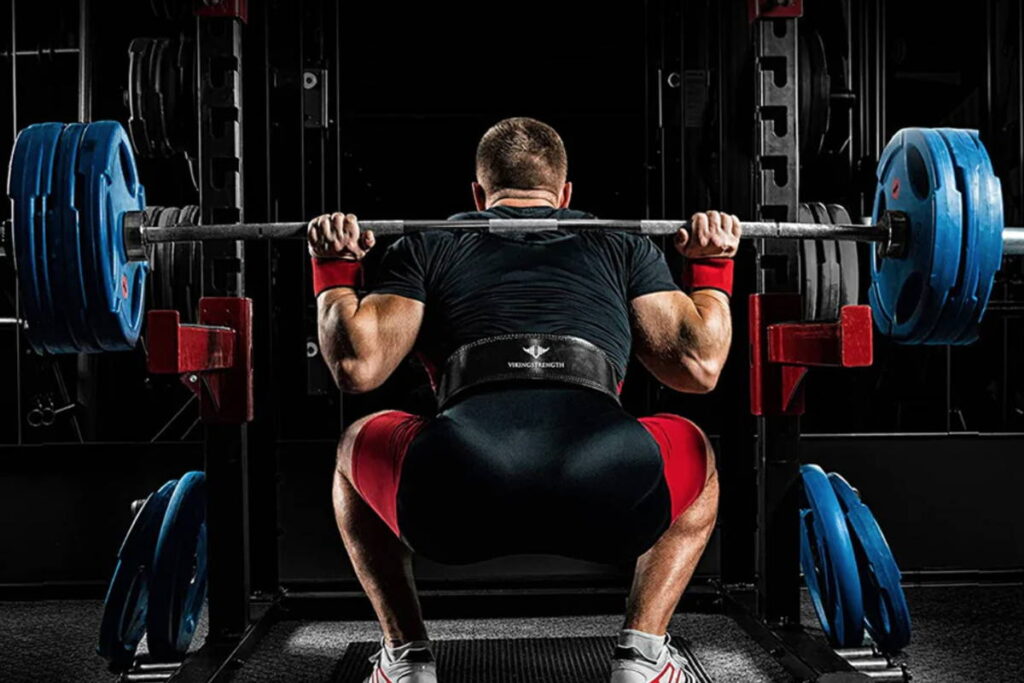
Summary
For most lifters, the 10mm belt is the more suitable choice. If your focus is on getting stronger, this belt thickness will allow for ample progress without the possible downfalls of a thicker belt.
Consider a 13mm belt if you’re a larger athlete or competing at an elite level. Significant benefits gained from the increased belt thickness can improve performance giving you the extra edge needed during competition.
What lifting belt do you prefer to use and why? Share your experiences with both belts in the comments.
Also read:
- Best Weightlifting Belt
- Powerlifting Belt vs Weightlifting Belt
- Lever Belt vs Prong Belt
- Nylon vs Leather Lifting Belt
- Best Weight Lifting Belt for Women
- Best Dip Belt
- Best Lever Belt
- Best Weight Lifting Belt for Big Guys
- Eleiko Weightlifting Belt Review
References:
- The Ultimate Weightlifting Belt Guide
https://www.bodybuilding.com/content/the-ultimate-weightlifting-belt-guide.html - Lessons in Weight Belts: How and Why to Use Them
https://www.bodybuilding.com/content/lessons-in-weight-belts-how-and-why-to-use-them.html
Why Trust Us?
With over 20 years in Olympic Weightlifting, our team does its best to provide the audience with ultimate support and meet the needs and requirements of advanced athletes and professional lifters, as well as people who strive to open new opportunities and develop their physical capabilities with us.
By trusting the recommendations of our certified experts in coaching, nutrition, dietology, and sports training programming, as well as scientific consultants, and physiotherapists, we provide you with thorough, well-considered, and scientifically proven content. All the information given in the articles concerning workout programming, separate exercises, and athletic performance, in general, is based on verified data. We ensure that you can rely on our professionals’ pieces of advice and recommendations that can be treated as personalized ones which will benefit you and fully meet your needs.
The product testing process is described in more detail here
Author: Oleksiy Torokhtiy
Olympic Weightlifting Champion
Best Results: Snatch – 200 kg,
C&J – 240 kg
Oleksiy Torokhtiy is a professional athlete boasting 20 years of experience in Olympic weightlifting. With multiple European and World titles under his belt, he has showcased his prowess in two Olympic Games (Beijing 2008 and London 2012). Upon concluding his illustrious career, Oleksiy dedicated himself to coaching. By 2022, he had conducted over 200 weightlifting seminars worldwide. He is the visionary behind an international sportswear and accessories brand known for its motto, “Warm Body Cold Mind.” Additionally, he is an esteemed author and the creator of a series of training programs and eBooks.


